Health and WellbeingCome Hell or Foul Water
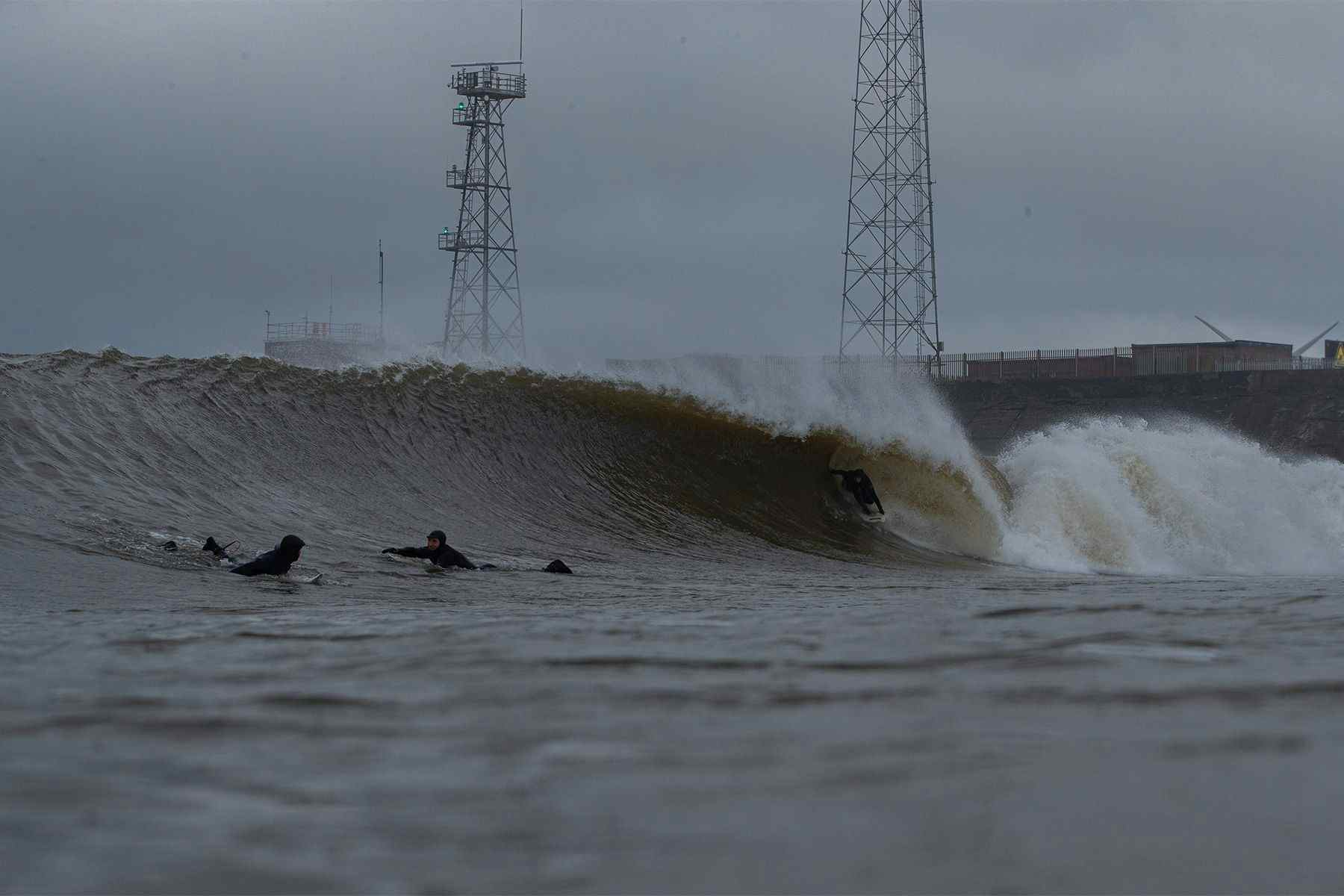
How Surfers Tactically Strive for Wellbeing in Polluted Waters
An article derived from a research paper by Clifton Evers and Cassandra Phoenix
Over the last few years, research across various fields has been backing the notion that contact with blue spaces can improve our general wellbeing and the way we connect with the marine environment. This has led to the promotion of the sea and the coast as accessible public health resources, especially via the practice of recreational activities such as surfing. Be that as it may, every rose has its thorn. And whilst surfers do develop wellbeing, ecological sensibilities, and environmentalist attitudes through their ocean experiences, many are also constantly exposed to pollution and water-borne diseases to the point of getting sick through surfing. So one is bound to wonder why, despite the potential consequences of poor water quality, some continue paddling out.
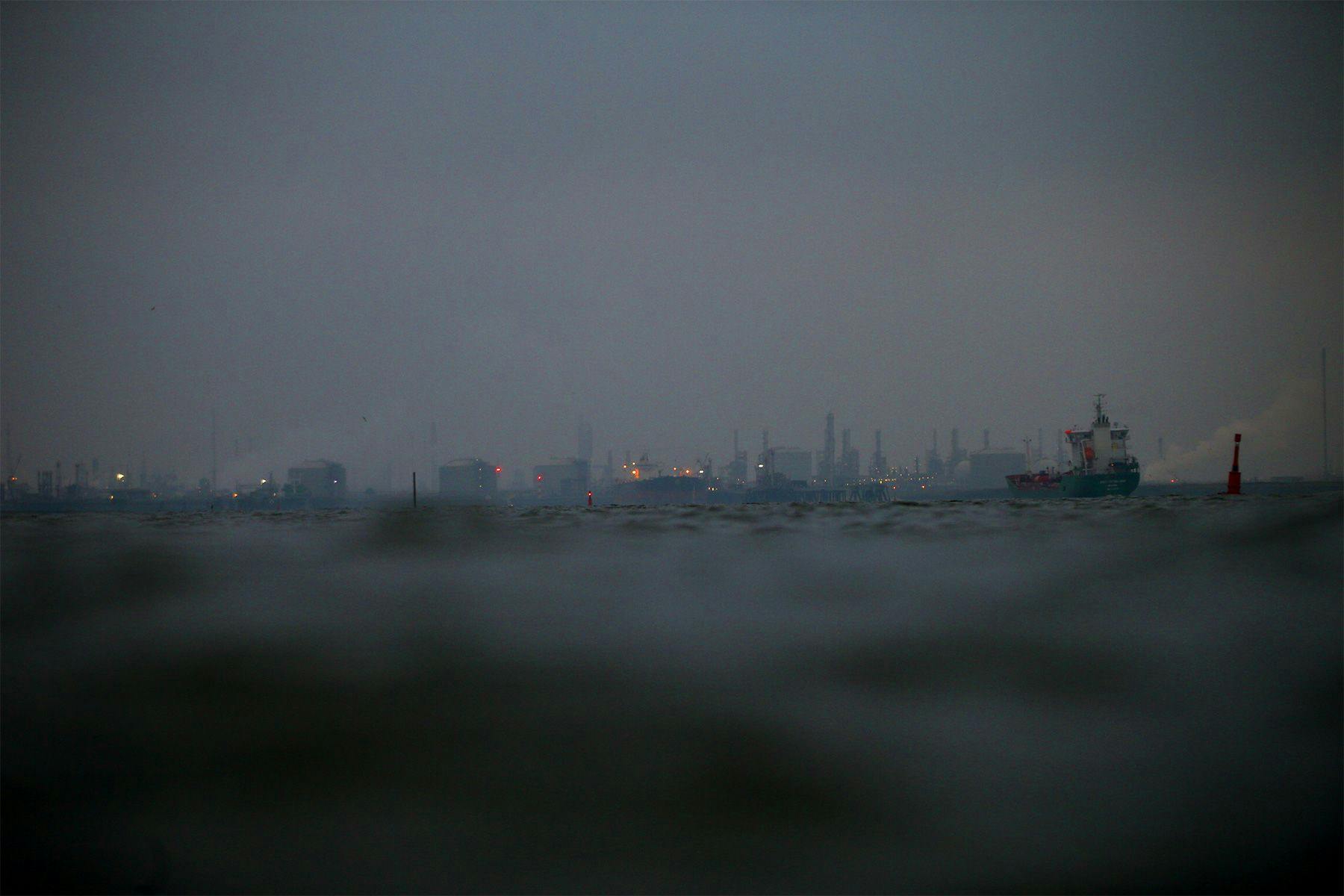
A study by Clifton Evers and Cassandra Phoenix published in the International Journal of Environmental Research and Public Health this past March sought to answer this question. The paper focuses on a group of surfers who live along England’s northeastern coast, in the vicinity of the River Tyne – a region that for over two-hundred years housed the UK’s largest chemical complex. Considering how negatively the long-term deindustrialization and the damage caused by industrial pollution has affected the environment and communities, the authors aimed to explore how participants cope with these contaminated blue spaces when seeking out wellbeing.
Forty informal interviews in and out of the water, together with participant observation conducted in-situ and online via social media groups, helped reveal surfers’ opinions, tactics, questions, memories, and recommendations regarding pollution. Besides the usual ethnography approach, the fact that both Evers and Phoenix were active in the site and cohort they were studying meant they employed autoethnography when constructing data and meaning. A reflexive analysis of the field notes and transcriptions identified a sort of “resigned activism” occurring as regular tactics attached to five main themes:
- Familiarity
- Embodiment
- Resignation
- Denial
- Affect/Emotion
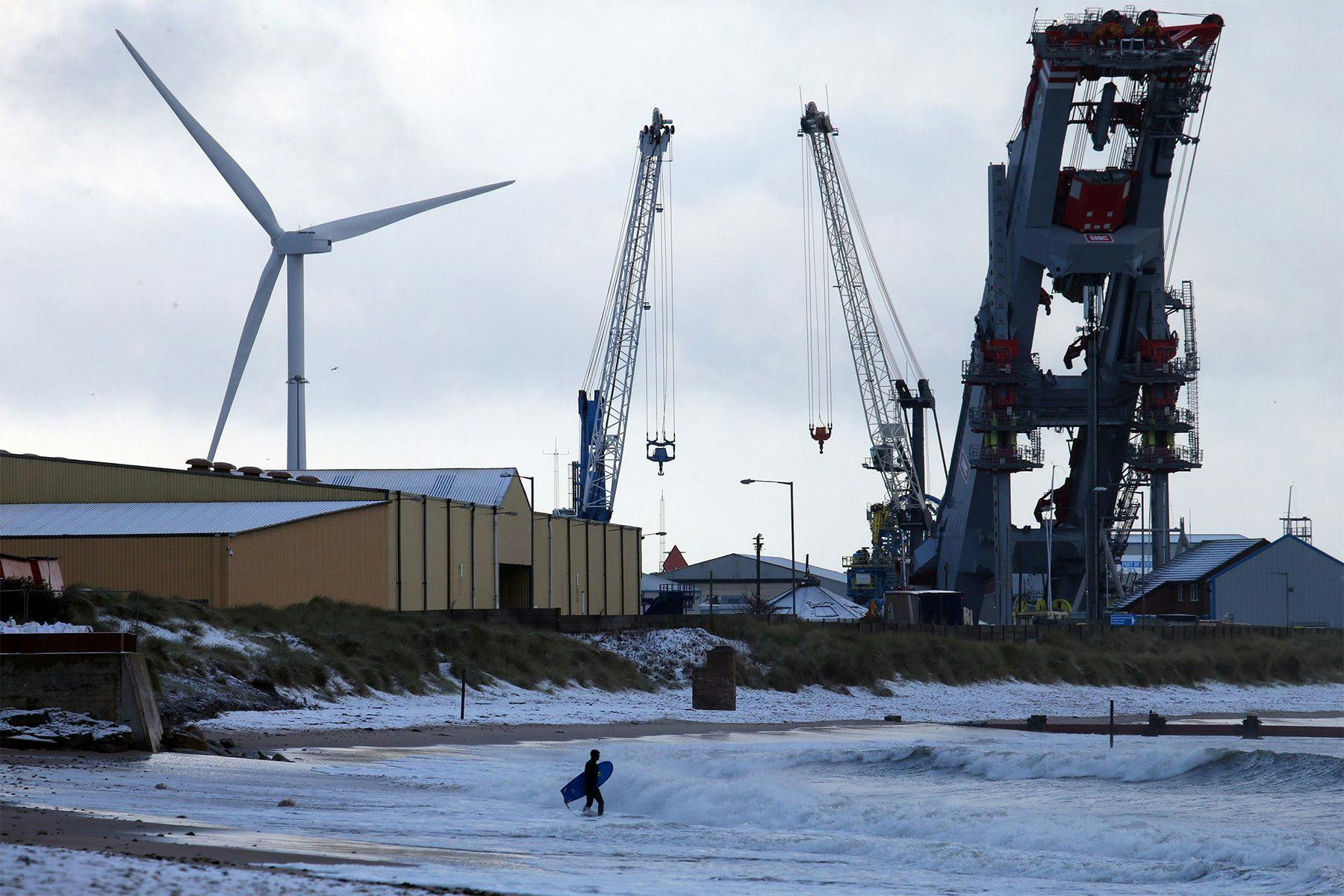
Familiarity
Given that pollution has become a pervasive part of the local environment, affecting not only how it looks and functions but also how inhabitants perceive it and act on it, many long-term surfers end up developing a sense of self attached to heavy industry and pollution – a process often called “toxic nature”. This “toxic nature”, Evers and Phoenix point out, is often associated with another process – “slow violence” – which refers to a violence that occurs gradually and out of sight, generally caused by resource extraction, strategies of capitalism, or colonisation. This was indeed the case in the studied region. But based on participants’ comments, the authors also discerned that regardless of how familiar and natural it might be, the consequences of living in the midst of pollution are very much felt and plain to see.
“The air pollution from the chemical plant, the muck from the old steelworks, the sewage, and the mine runoff are normal … it’s an industrial area, what do you expect?”
– informal offline interview
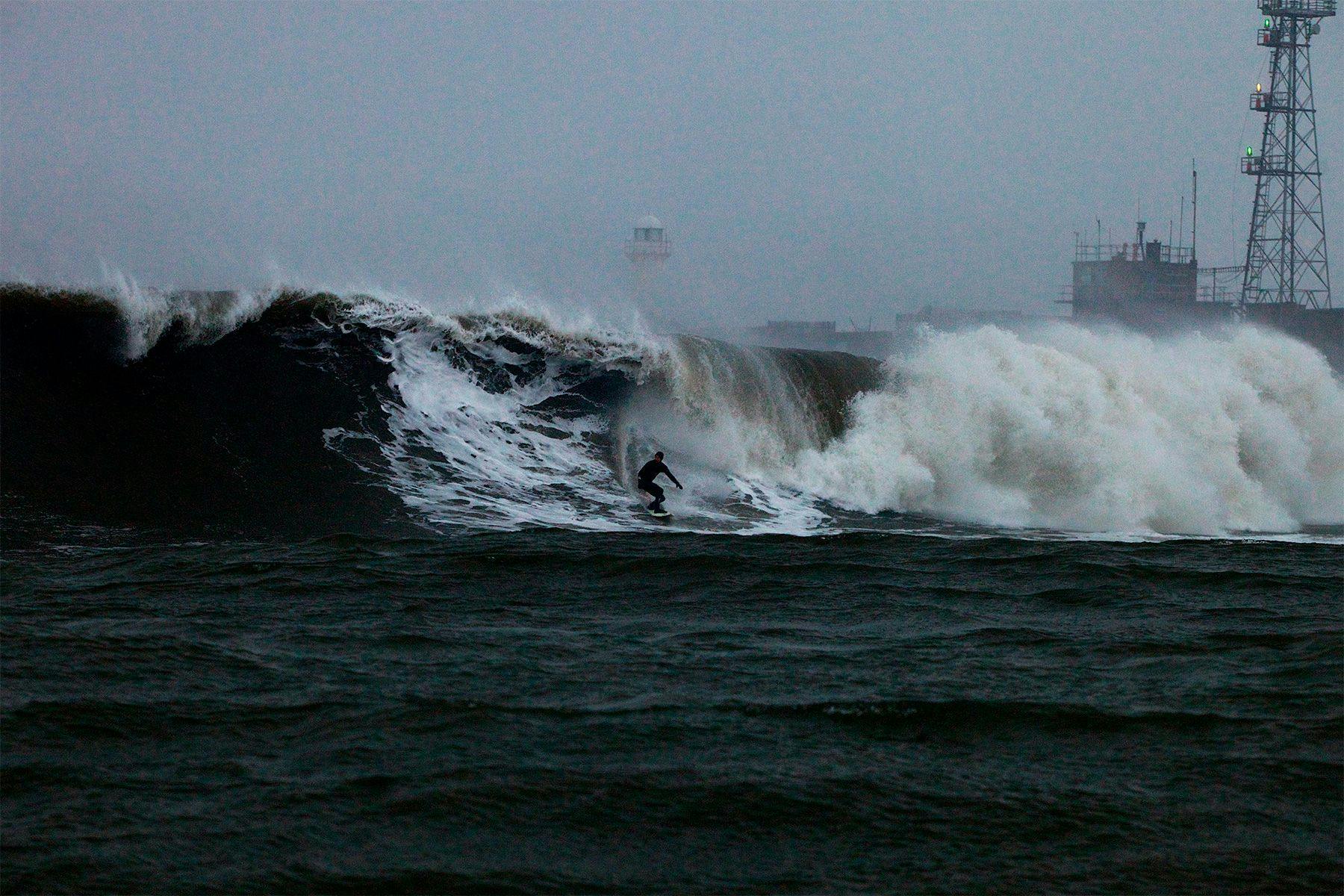
Embodiment
The ways in which surfers’ bodies are affected by pollution, identified in several online chats, were encapsulated in a comment made in an offline interview following a heavy rainfall that led to sewage overflows and industrial and agricultural runoff at a notoriously polluted rivermouth spot: “[Name] was puking his guts up while paddling out.” Accounts like these, together with stories of illnesses (from minor ear infections and sore throats to diarrhea and vomiting), and the knowledge that pollution invariably enters the bloodstream, cells, and brain, led the Eves and Phoenix to suggest that pollution is so pertinent as to shape the surfers’ experiences of their bodies.
“From when I started SUPing [stand up paddleboarding] a few months ago I’ve had a problem with my nose and ear, after 3 courses of antibiotics GP [Doctor] has referred me to an ENT [Ear Nose Throat] specialist—wondering if this has anything to do with the quality at [name] beach [shrugging ‘dunno’ emoji].”
– Women-led SUP WhatsApp group
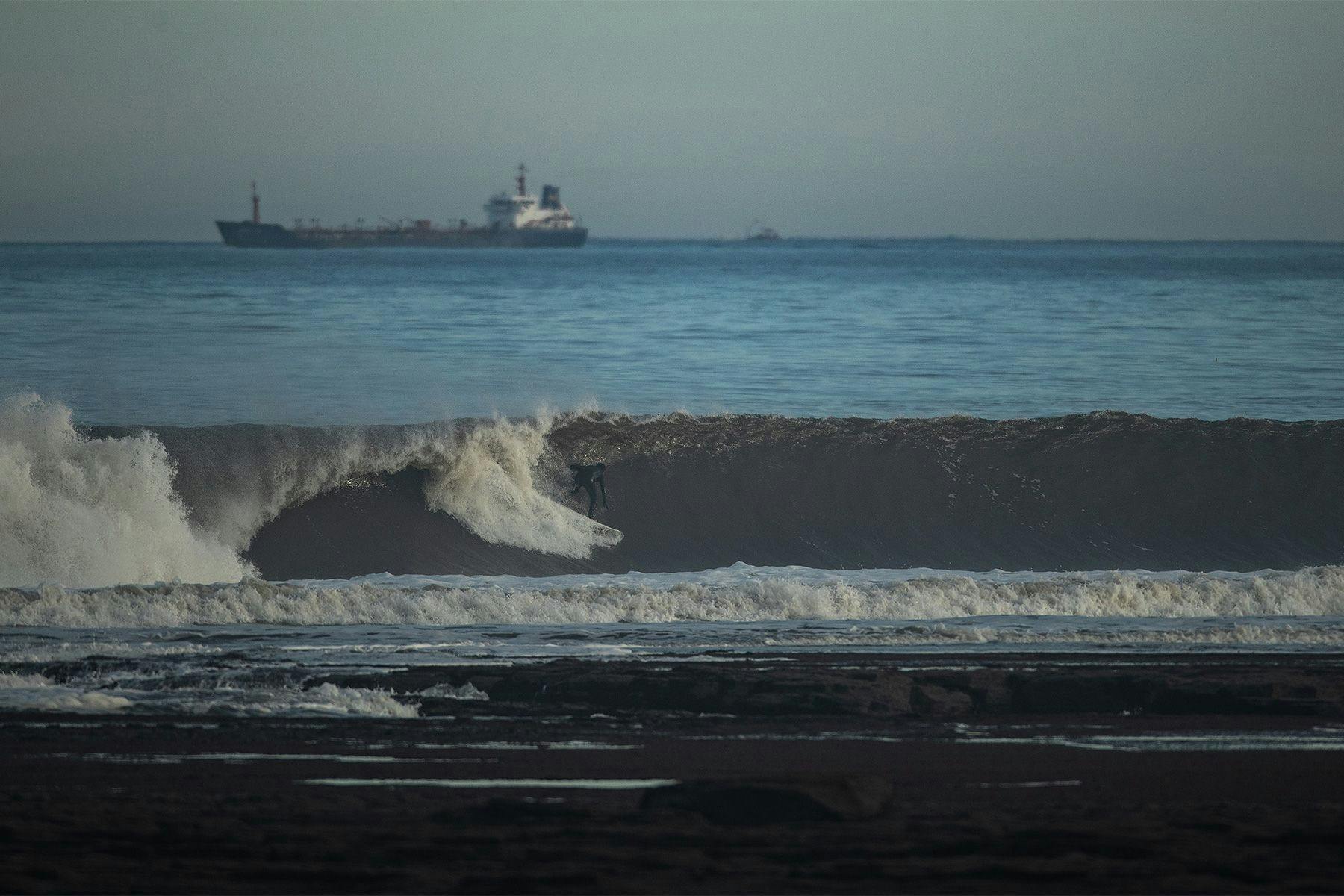
Resignation
An attitude of resignation to the violence of pollution was clear through the mere fact that many surfers continue to go out despite the high levels of pollution in the water. According to the authors, this works as a coping mechanism; a way to carry on striving for wellbeing, which, in turn, prompts surfers to devise tactics to circumvent or mitigate the effects of pollution. To exemplify, they cite an urban legend that says drinking full fat Coke helps clear the gut after surfing. Another example concerns the ritualised practice of washing off with fresh water right after surfing, with many surfers carrying soap and a bottle of water with them.

Denial
When the question of risk is raised, local surfers often play down or altogether deny the effects of the pollution. Like with resignation, this denial is also strategic, a coping mechanism against the violence of contamination. As highlighted by Evers and Phoenix, paying too much attention to threats and harms would potentially thwart participants’ pursuit toward wellbeing through surfing; so instead, they tend to assuage concerns by questioning and undermining correlations between surfing, pollution, and health. This was explicit in cases when, despite a handful of surfers getting sick after surfing, the fact that others didn’t seemed to be enough to contest the potential link between these diseases and surfing in polluted waters, as well as challenge official discourses about the health effects of pollution – even though none of them had undergone specific medical testing. Granted, some participants reported paying attention to Environmental Agency warning signs and online notifications, or making use of apps such as Safer Seas and Rivers – a free resource developed by Surfers Against Sewage to monitor the water quality across the UK and provide warning of pollution incidents in real-time. Nevertheless, many still prioritised local histories and assessed risks based on theirs and their peers’ embodied knowledge of pollution. This led the authors to conclude that surfers are developing a “surfer’s gaze” on pollution, which they reckon to be part of the ecological sensibilities developed by surfers, such as reading rip currents. They explain that this “gaze” is then wielded as yet another coping mechanism within the Denial umbrella, and cite the example of Japanese surfers using personal Geiger counters after the 2011 Fukushima disaster to highlight that technology is increasingly being used by surfers as an aid in forming a tactic for striving for wellbeing in polluted waters.
“See. There. Wait for it. There! That orange water bubbling up. There’s a pipe. I’ve seen it at low tide. My dad told me about it too, it’s been there since he was a child. It’s freaky, right? … Surf the south end (of the beach) when you see that.”
– Informal offline interview

Affect/Emotion
According to the Evers and Phoenix, affect and emotion underpin the sensibilities and tactics developed by surfers to cope with and mitigate pollution. To illustrate the theme, they mention how the local history of deindustrialization, along with the several failed attempts to clean the blue spaces up, are seen by surfers as an abandonment by government and industry. Naturally, this has led to a distrust of strategy and fuelled resignation, which, in turn, has created a feeling of shame – an emotion with the potential to prompt an interest to care about and invest in both material and social relationships in order to improve their quality. At the same time, a feeling of anxiety emerges when local surfers realise that, to put food on the table, they rely on employment from the very industries harming the environment they are struggling to improve – thus pollution remains tied to livelihoods in the area. Moreover, these two emotions tend to intermingle with the act of striving for wellbeing through surfing, meaning that surfers can feel joy and excitement when riding contaminated waves despite the violence they are suffering. As such, the authors emphasise that affects and emotions also have tactical properties in that they can afford a moment of care and hope in the midst of pressure.
“What are you going to do? … Protest? … What good is it calling the media? … I’ve done that and here we are … The government has said how many times they’d spend the money to clean it [soil and water in the area] up?”
– Informal offline interview
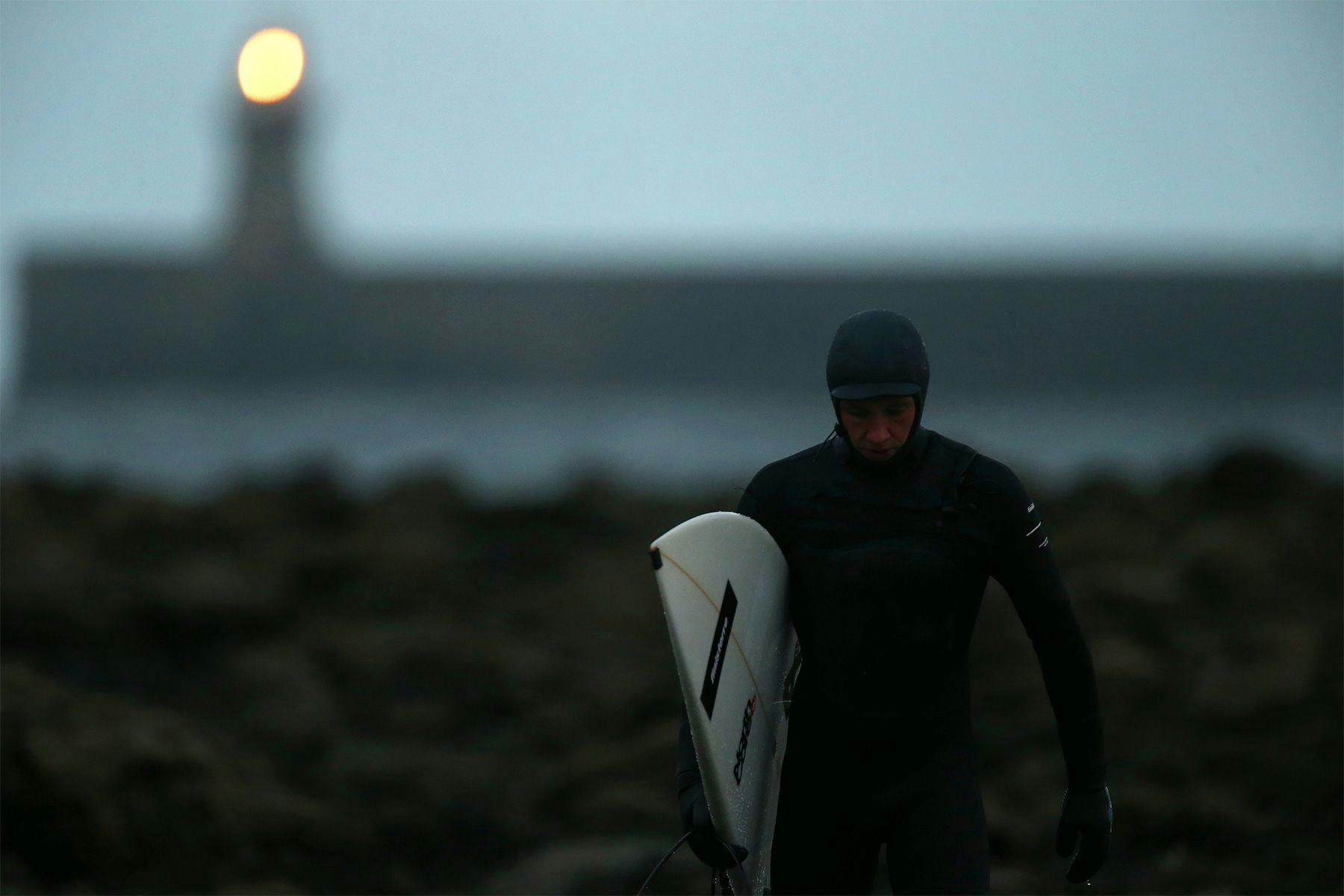
By throwing a critical light on the ways surfers relate to contaminated blue spaces, this study also shows that, in the presence of pollution, striving for wellbeing through recreation is a much more fluid, localised, uncertain, and even political endeavour than binary structures allow for. “Through our ethnography, we have shown how some surfers tactically strive for wellbeing not in spite of pollution, but rather with pollution,” the researchers write. Evers and Phoenix conclude by pointing out that an increase in the amount of pollution that is regularly discharged into the sea, together with an increase in the number of people exploring the benefits of blue spaces through recreation, should encourage further research to “shift away from an exclusive focus on what being in blue space does to or for us, and instead further incorporate an attentiveness to how we live with pollution in blue spaces as part of a wider situated, relational, and dissonant wellbeing project on a permanently polluted planet.”
Surf Simply would like to acknowledge the research and work of Clifton Evers and Cassandra Phoenix of the School of Arts and Cultures at Newcastle University and the Department of Sport and Exercise Sciences at Durham University, and their rights to be identified as the authors of the study that this article is based on.
Reference: Evers, C.; Phoenix, C. Relationships between Recreation and Pollution When Striving for Wellbeing in Blue Spaces. Int. J. Environ. Res. Public Health 2022, 19, 4170. https://doi.org/10.3390/ijerph19074170